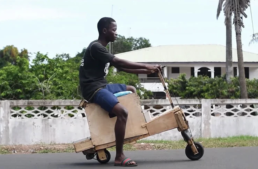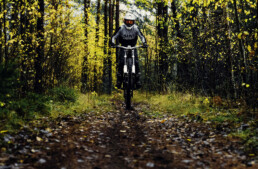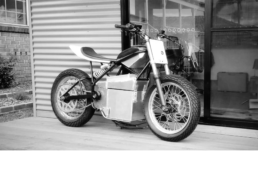It’s that time of the week to plug in, charge up, and ride out! The first full week of September has been a crazy one for electric motorcycles. From BMW releasing yet two boundary-pushing e-bikes (you’re guaranteed to love the 186 miles worth of range on them) to four moto giants partnering up to launch a battery swapping system, this week’s EV news roundup is bound to get all you electric vehicle nerds fired up! It’s all movement towards the Electric Revolution.As part of the buildup to our Electric Revolution Live event in May 2022, we are ramping up reportage on the EV scene. It’s an ever-evolving, even frantic, landscape of electric vehicles, and it can be tough to keep abreast of all the latest bikes, batteries, and news constantly flooding the market. That’s why we’ve re-launched our weekly EV News Roundup to bring you cherry-picked stories that matter to you.
BMW Drops two new E-Bikes: High-Speed and Low-Speed
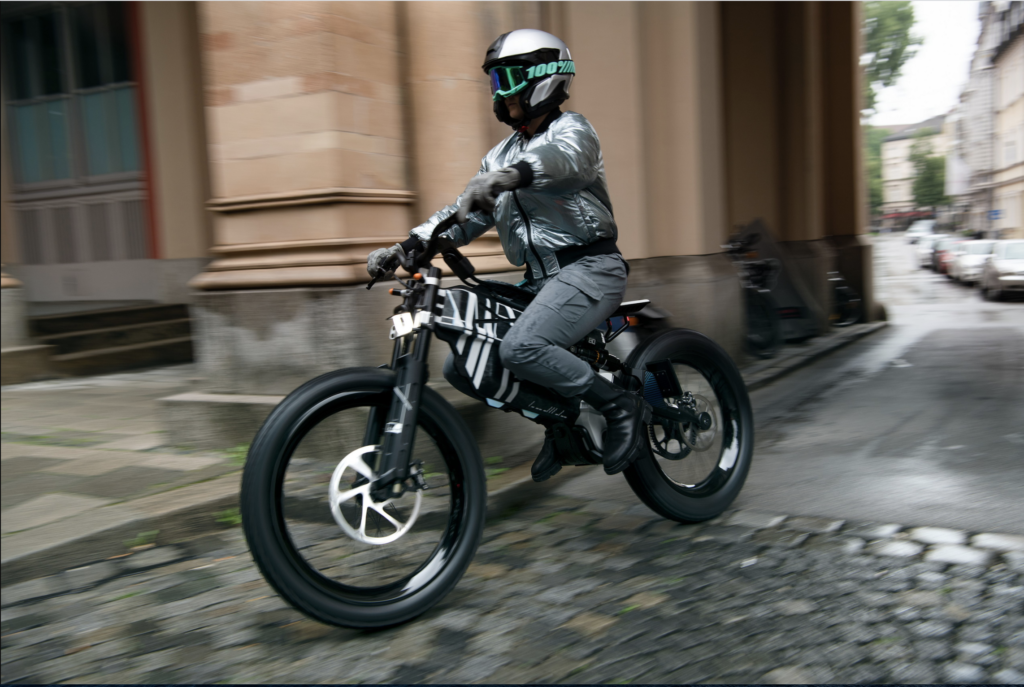
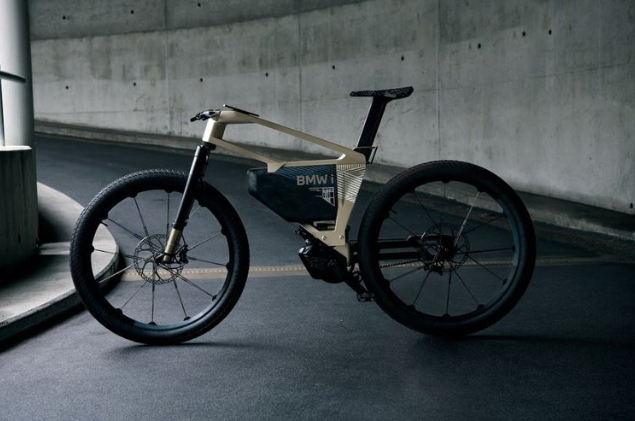
CAKE and Polestar Announce the Maiden Electric Mobility Bundle
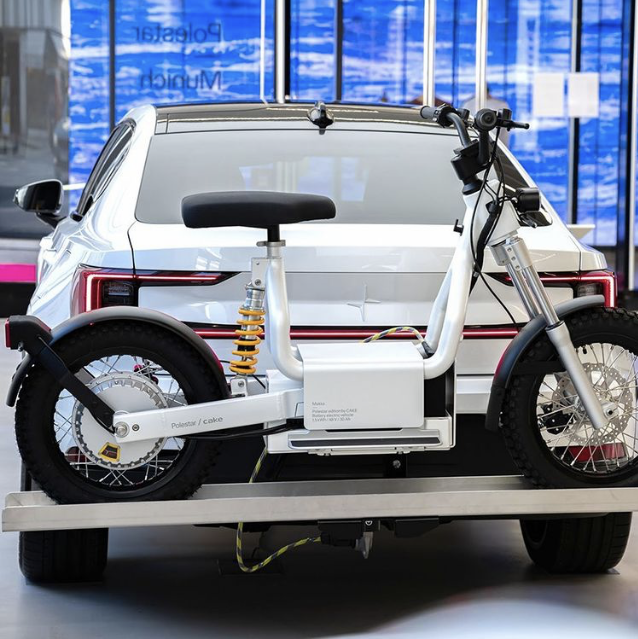
“Our new electric mobility bundle comes as a unique first step to solve the worldwide problems of city mobility as well as to accelerate the transition towards an emissions-free future. Instead of wasting time in a car queue, struggling to find a parking spot or squashing up in a crowded subway train, we together with the team at Polestar want to make the future of mobility flexible, accessible and emission-free – while aiming to create cities for people, not for cars that pollute,” CAKE CEO and founder, Stefan Ytterborn, stated in a press release.
Would you buy this bundle? Let us know in the comments below!
VanMoof Becomes “Most Funded e-Bike Company” After Raising $128 Million
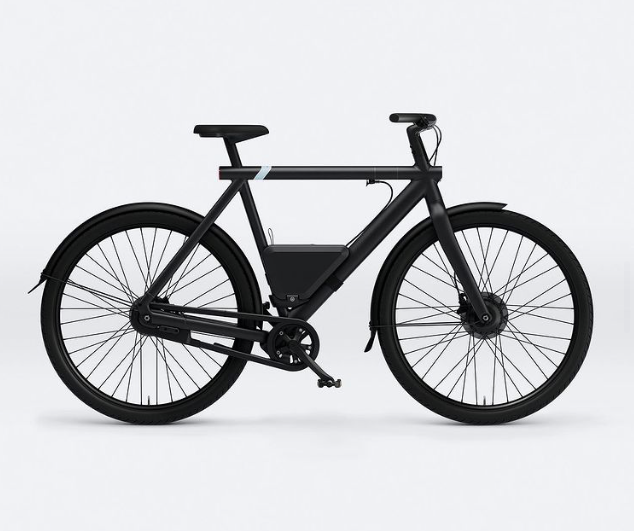
Vehicle Manufacturing Giants Team Up to Create a Battery Swapping System

Schaeffler Group Reveals a Chainless e-Bike Drive System
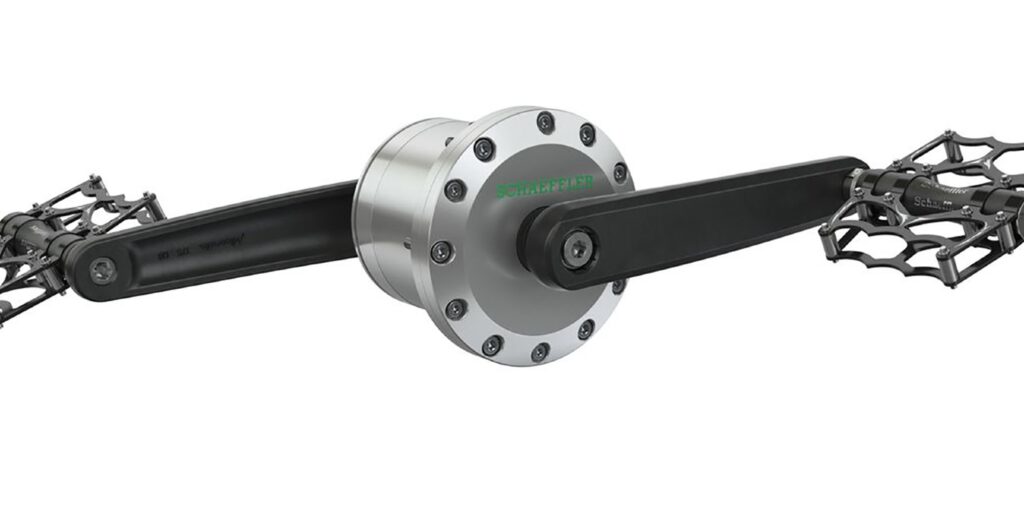

Related Posts
January 21, 2021
The Current News: EV ‘Bush Bikes’ Protecting Wildlife
How do you combat wildlife poaching in…

